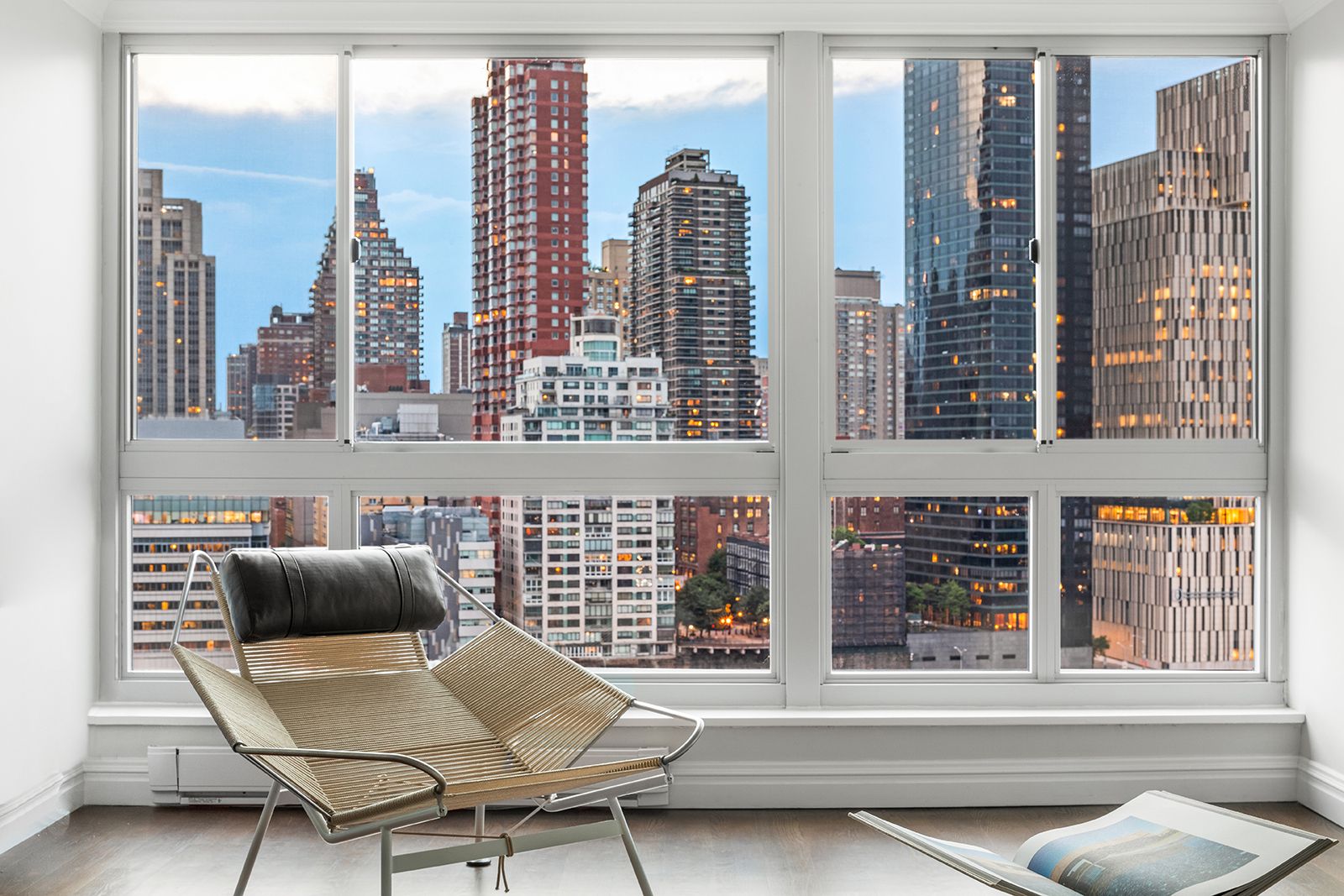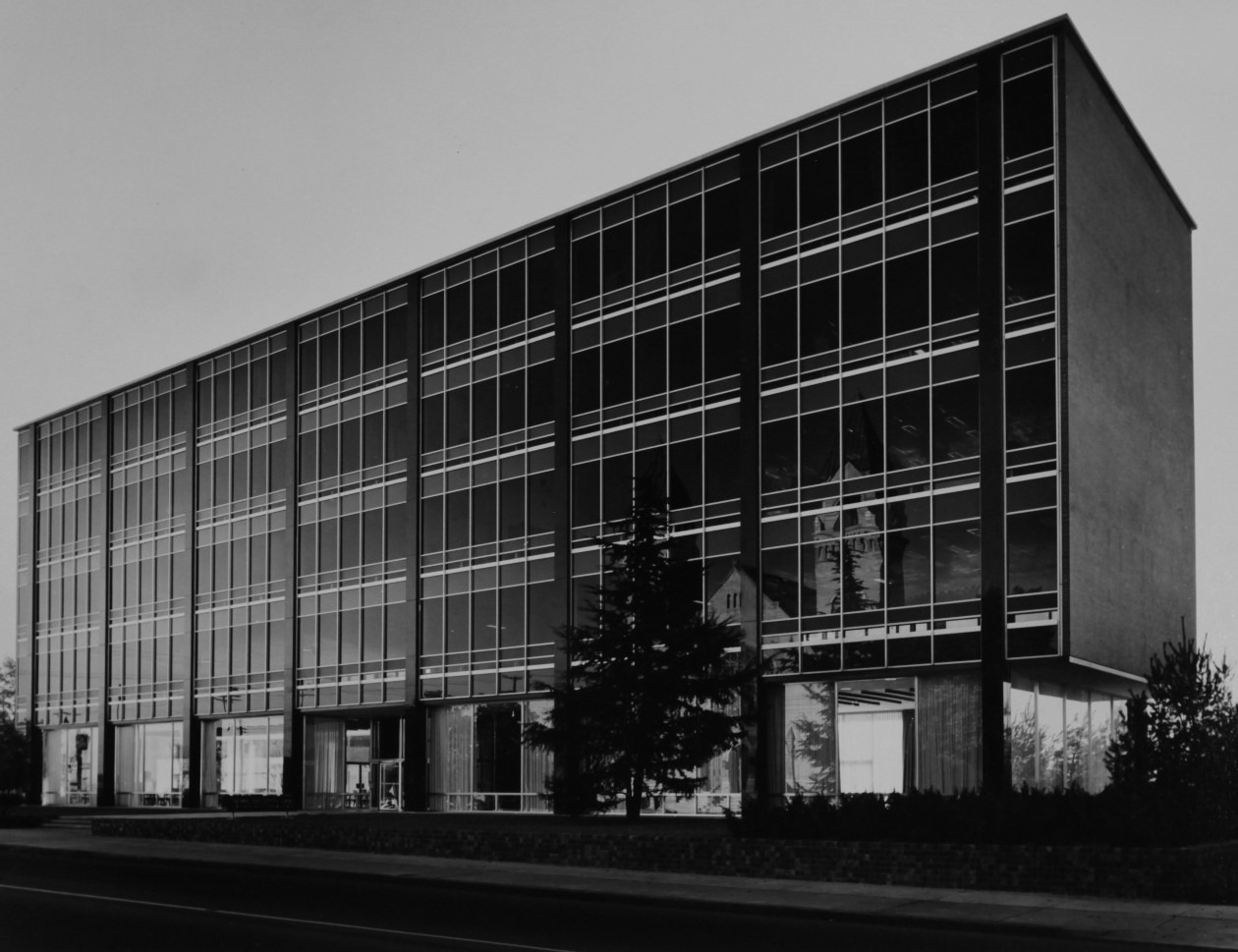For the next two weeks, A+A is featuring guest posts by some of this nation’s finest architects, curators and designers. We made a simple request of each: Give us 300 words about your favorite building and its architect, and why both are important. Today, a pair of expatriate curators in Paris – one from New York and another from London – offer us a post on the building that was Thomas Jefferson’s muse for his home in Albemarle County, Va.
By Elizabeth Chase Rochette and Susan Boullier
Artecase
Completed in 1788 amid the turmoil of the years preceding the French Revolution, the Hotel de Salm in Paris was designed by Pierre Rousseau for Fredric III, the German Prince of Salm-Kyrbourg. Situated next to the Musée d’Orsay, this Neo-Classical building made a profound impression on Thomas Jefferson, who was the American Ambassador to France from 1784-1789. He wrote to his friend Madame de Tesse: “While in Paris I was violently smitten by the Hotel de Salm and used to go to the Thuileries almost daily to look at it”.
The Hotel de Salm was pivotal as a founding influence in Jeffersonian Architecture, an American form of Neo-Classicism combined with the basic principles of Neo-Palladianism, which was popular in America at about the same time as the more mainstream Greek Revival architecture (1790s-1830s). As historian William Howard Adams wrote, “The combination of domestic comfort, and fashionable [Roman] classicism references appealed deeply to the Virginian.”
Indeed, it served as the major source of inspiration for the remodeling plans of Monticello, his home in Virginia. Although heavily influenced by Andrea Palladio’s ‘The Four Books Of Architecture’, Jefferson’s architecture is often characterized by the use of octagonal forms as a design motif (Palladio never used octagons) in a way that is unique to his personal vision. The Hotel de Salm appears to be only one story high, an element that Jefferson incorporated in Monticello when renovating it and adding the octagonal dome. This dome is now immortalized on the reverse side of the U.S. nickel.
The revolutionary government nationalized the building in 1804 and the Hôtel de Salm now houses the Museum of the Legion of Honour. Facing it from across the street is the imposing larger than life bronze statue of Jefferson with architectural sketch in hand, gazing reflectively, as he did so often in life, at his favorite building in Paris.
For more on Artecase, go here.
[slideshow id=1136]
Photos: © Joël Peyrou – Tous droits réservés


